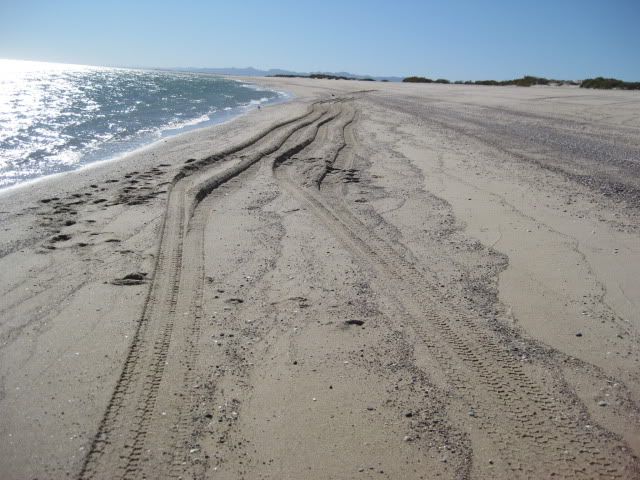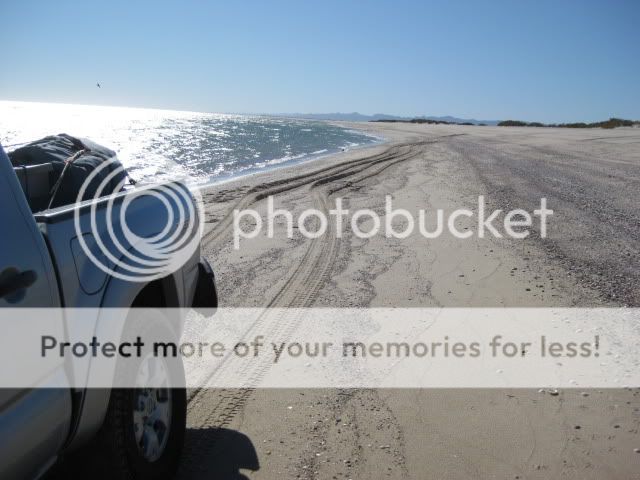| It's interesting, if sad, to read the digs members camouflage as simple comments, but to give credit where it's deserved, I'm one of the thousands to
whom Harald taught off-road driving skills on one of the toughest trails in the US--the Rubicon. I and my wife usually travel alone where we
shouldn't, and his training got me out of trouble twice and probably saved my life once. As a result, I could care less what he drives, but I do
appreciate his opinions, even if he can be a little crusty at times. |



























